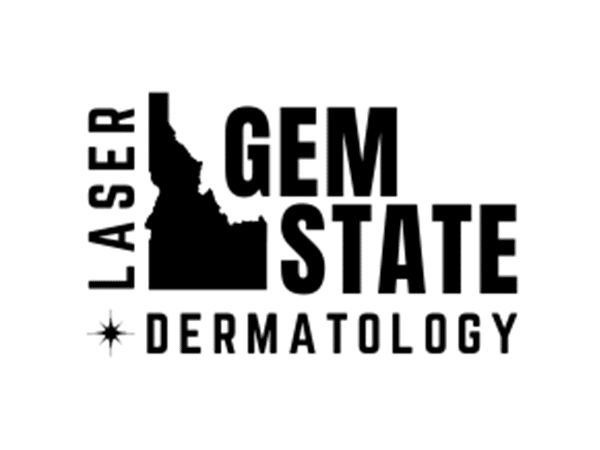
Alopecia Areata
CAUSE: In AA, the body’s immune system mistakenly attacks the hair follicles for reasons that are not clear. Fortunately, the follicles retain their ability to regrow hair, and the hair loss is not permanent in most cases. Other conditions can occur along with AA including vitiligo, thyroiditis & pernicious anemia. Approximately 20 percent of people with AA have a family member who is also affected.
COURSE: Alopecia areata can occur at any age and usually begins as one, or multiple, round to oval shaped areas of hair loss localized on the scalp. Other hair-bearing areas can be affected as well, including the eyebrows, eyelashes, beard, underarms, and extremities. In rare cases, hair loss can involve the entire scalp (alopecia totalis) or the entire body (alopecia universalis). It is most typical, however, for the hair loss to be confined to one or a few small areas. In general, neither the rate of hair loss nor its extent can be accurately predicted. Moreover, there is no way to tell how often episodes of hair loss will occur and once hair is lost, to know exactly how long it will take to re-grow. Some patients claim to have recurrences of their typical patterns of hair loss arising shortly after or in conjunction with some kind of stressful life event. Whether this is coincidental or whether stress does indeed trigger episodes of alopecia areata in certain, already predisposed individuals, is still a matter of controversy. AA is not caused by “nerves”, and is not in any sense a “nervous disorder.” Most patients with AA are otherwise completely healthy. Nevertheless, some of the most extensive, prolonged and/or frequently recurring cases can be emotionally devastating for both children and adults.
THERAPY: Frustratingly, no cure yet exists. Fortunately, in up to 2/3 of patients it resolves within one year. All current treatments are aimed at reversing the hair loss that marks any given episode. Once the hair has been re-grown in those initial areas (whether it be spontaneously or under the influence of medical treatment), there is no safe and reliable way of preventing future episodes of hair loss from occurring. The treatment will depend specifically on the patient’s age and on the extent of hair loss. Cortisone preparations, either applied topically or injected just beneath the skin surface (intralesional cortisone), are used most commonly. Minoxidil, Anthralin, Imiquimod and Tacrolimus are topical medications that also can prove useful in AA. With exception of infants and young children, for whom topical treatments are more appropriate, most patients find intralesional cortisone treatment very easy to tolerate. Injections are typically done every month, and the associated side effects are generally considered to be trivial. Occasionally, depressions in the skin results from the injections. Once the hair has re-grown in the treated areas, the injections are stopped. If these do not appear to be working, and in the face of rapidly progressing, extensive hair loss, a cortisone preparation taken internally for a temporary period can be considered as a treatment option. Future treatment will depend on whether or not there is a recurrent episode of hair loss. Re-grown hair can occasionally be lighter in color than the hair that was originally lost. This, too, is an entirely unpredictable event and it is not necessarily felt to be a side effect of any of the available treatments. This lighter colored hair can persist or can in time be replaced by normal appearing darker hair without necessarily having to be shed or lost again. Finally, there are those cases, however uncommon, that will remain unresponsive to a variety of treatments. In such cases where hair loss is extensive, the use of a custom fitted wig is often the best alternative until such time that natural hair has been re-grown to a cosmetically acceptable degree. Anthralin is a compound that is used until it slightly irritates your skin. Initially it should be used overnight on the affected area one night per week, and rinsed off in the morning. Each subsequent week, the medicine may be used one extra night (2 nights the second week, 3 nights the third week, etc). Once the scalp begins to get slightly red and itchy, hold the number of applications at the level you have reached. Then continue with that number of applications weekly until your follow up visit. Anthralin also stains the scalp slightly, which can help conceal hair loss. If you have any other questions or concerns please do not hesitate to call our office.
We're Here Whenever You Need Us
Phone
Fax
(208) 424-5072
Open Hours
Mon - Fri: 7:30AM - 5:00PM
Address
Boise, ID 83706

